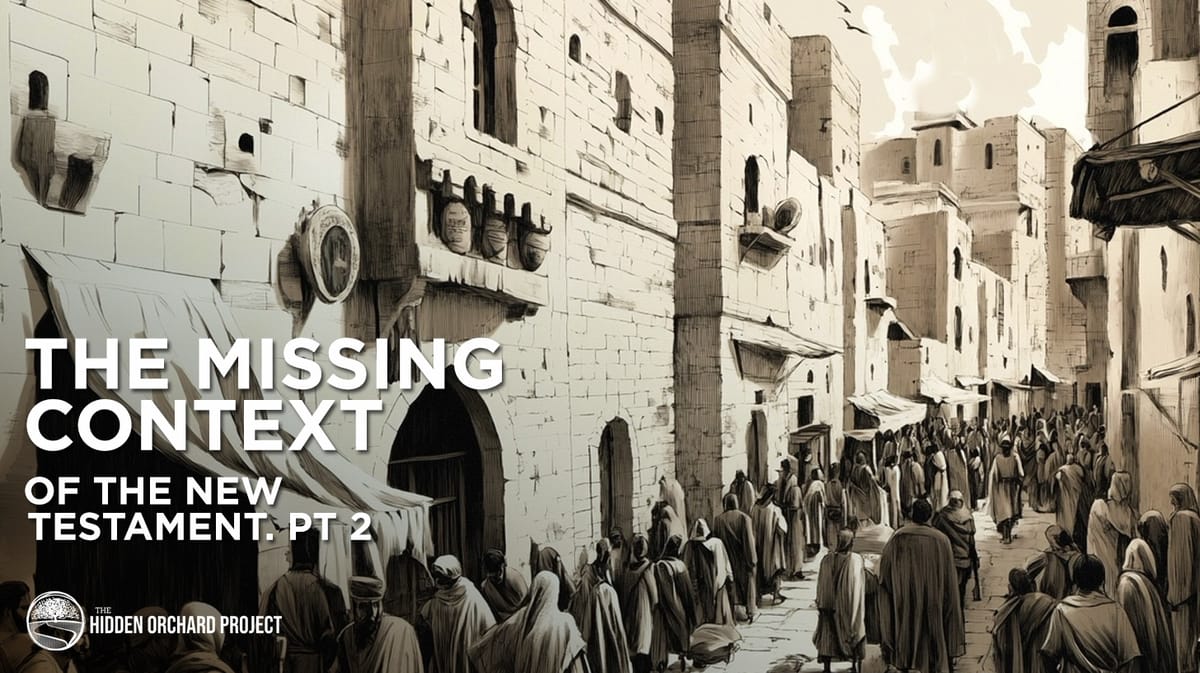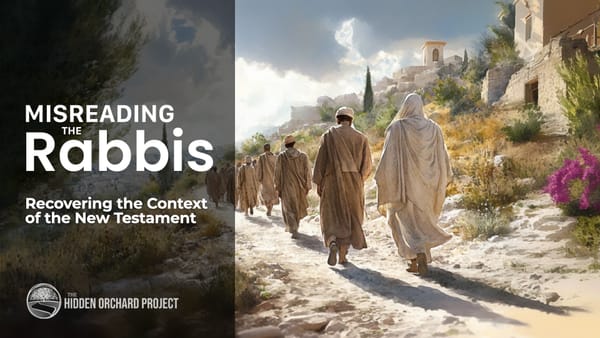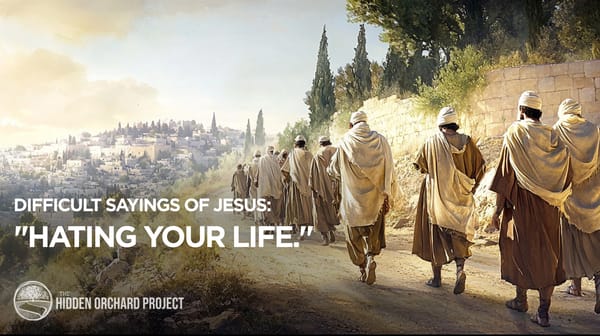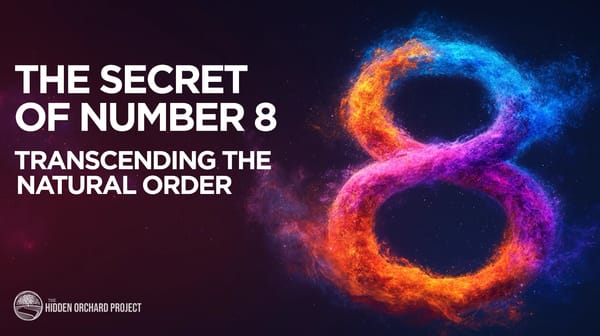The Missing Context of the New Testament - pt. 2
As part of the greater Jewish community, the Apostolic leaders struggled with these particular issues more acutely. The sudden influx of Gentiles leaving paganism to join the diasporic Jewish communities made this a primary issue for them...

In part 1, we learned how the generation before the compilation of the Mishnah¹ found themselves without clarity on some key issues that faced the communities. Of particular concern at the meeting on Adar 9 was how the Jewish people were to navigate interactions with their pagan neighbors and the various degrees of impurity that were associated. We also learned that the predominant stance at this time was increased separation between Jews and Gentiles.
As part of the greater Jewish community, the Apostolic leaders struggled with these particular issues more acutely. The sudden influx of Gentiles leaving paganism to join the diasporic Jewish communities made this a primary issue for them, (particularly Paul), and one that threatened to divide the community if not resolved.
To Convert, or Not?
The question the Apostolic communities needed to resolve was; did the Gentiles need to convert to Judaism? If not, what was their status, and what did that mean in orthopraxic terms?
Prior to the Jerusalem Council (50CE), it seems each of these communities handled this problem with some diversity. For example, early on in Galatia², the pressure to convert was strong. Even Paul himself seemed to have supported this stance at one point³.
For Jews, circumcision was still a vital part of covenantal obedience, as we saw in Acts 16, when Paul circumcised Timothy, who was a Jew. However, it was not clear that this was required for Gentiles, as we will see. For some of the "Pharisees", conversion seemed the best solution. We might recognize this as the position of the school of Shammai:
But some from the religious party of the Pharisees who had believed stood up and said, “It is necessary to circumcise the Gentiles and to order them to observe the law of Moses.” - Acts 15:5
If you consider the options, a formal conversion was the most straightforward solution to the impurity issue. Through this path, the convert was immediately subject to the framework of the Torah - the culmination of thousands of years of wisdom and established precedents. As discussed in part 1, at that time, the conversion would instill a degree of separation from the pagan world⁴.
The Jerusalem Council
The Rabbinic process to resolve issues was/is reliant upon rigorous debate between learned scholars. Similar to the discussion on the 9th of Adar, the Apostolic leadership was said to have had a "major debate" to establish a standard for Gentile inclusion in Jewish communities. They concluded;
“Therefore I conclude that we should not cause extra difficulty for those among the Gentiles who are turning to G_D, but that we should write them a letter telling them to abstain from things defiled by idols and from sexual immorality and from what has been strangled and from blood. For Moses has had those who proclaim him in every town from ancient times, because he is read aloud in the synagogues every Sabbath.”
- Acts 15:19-21
In this there are (3) essential assumptions:




